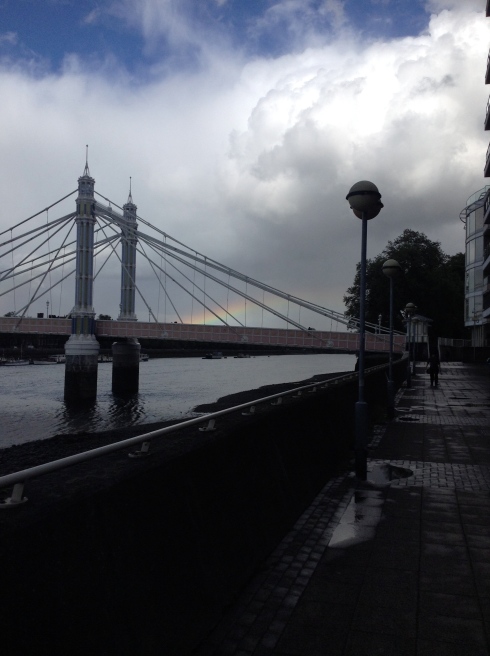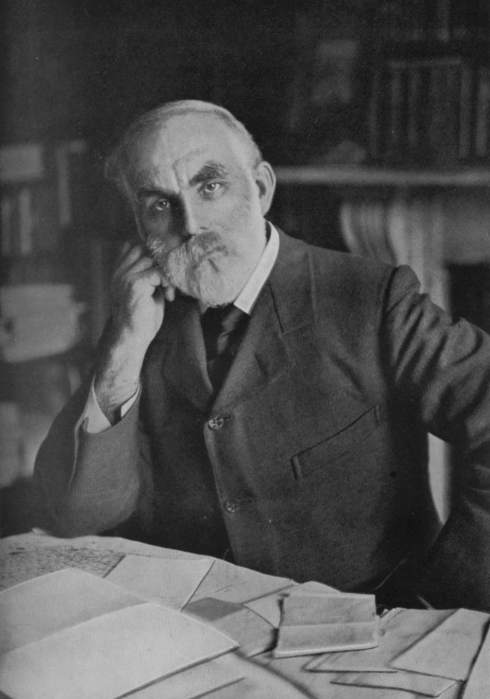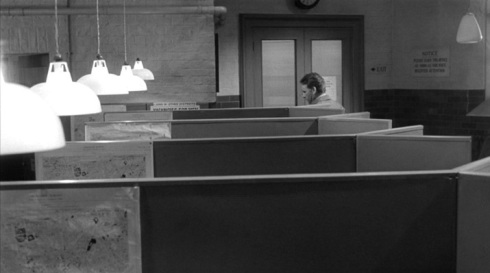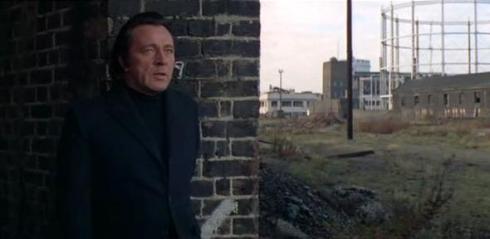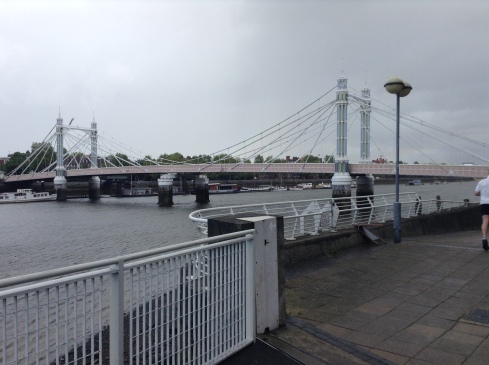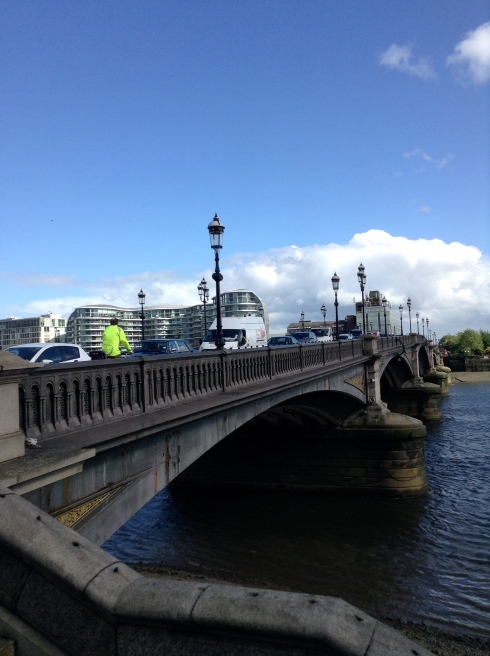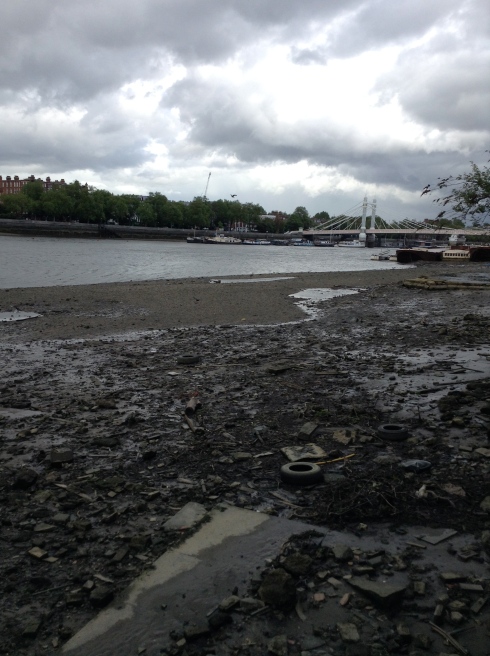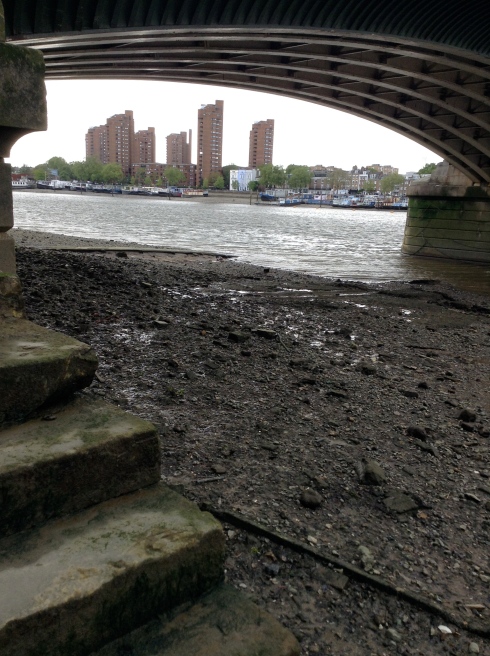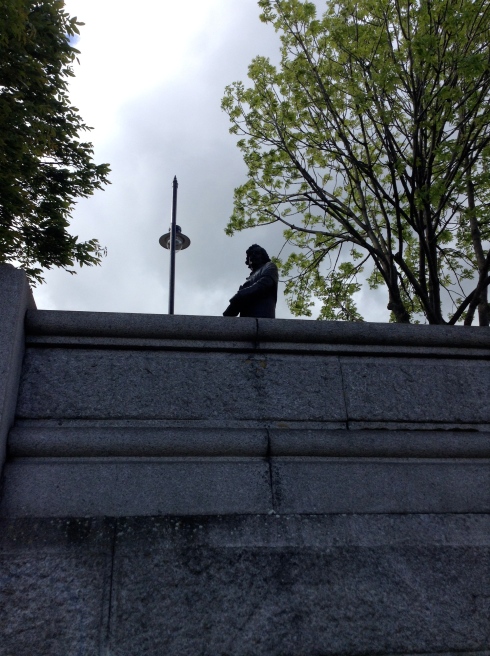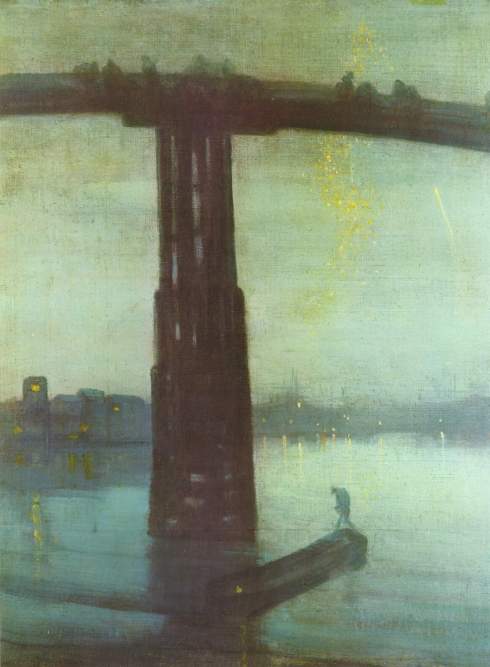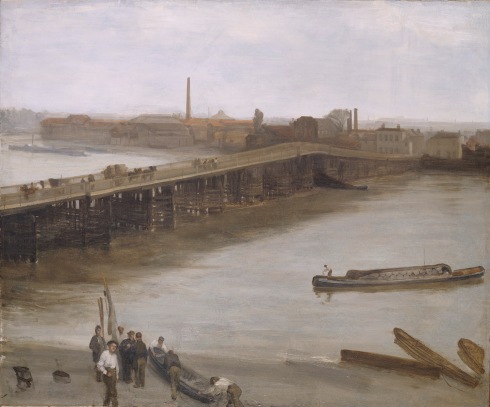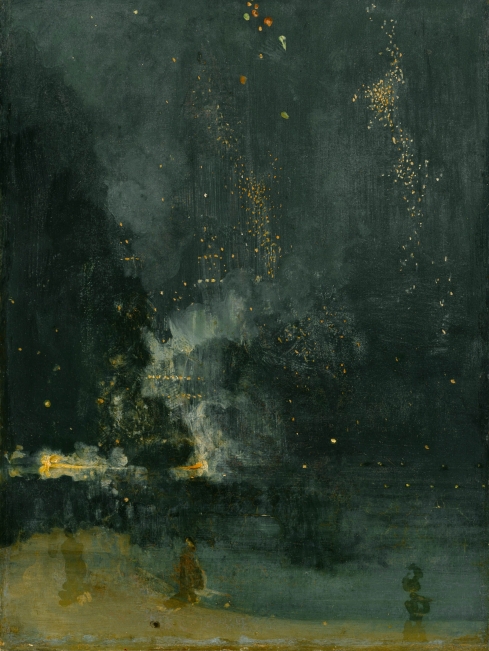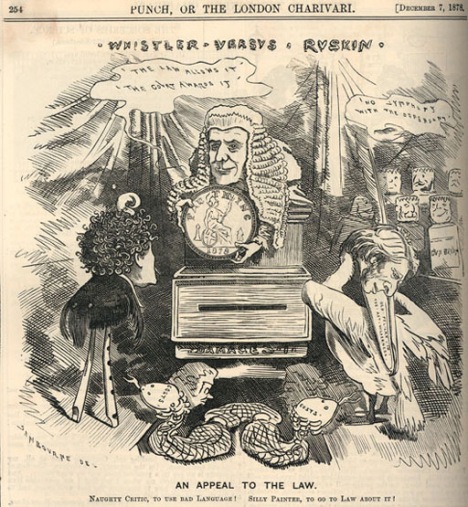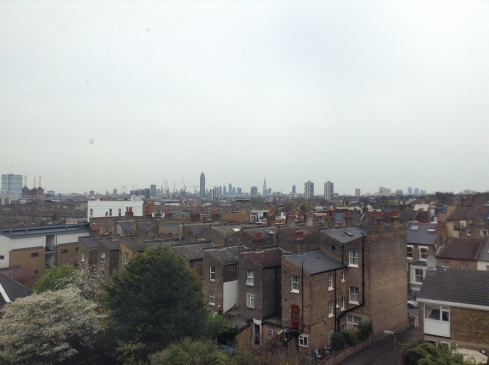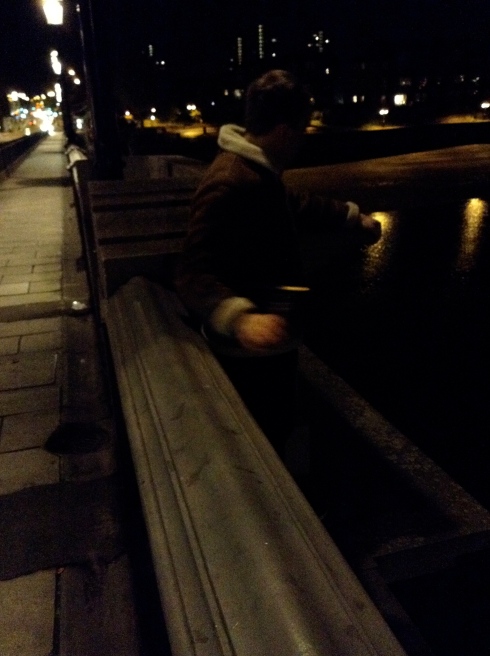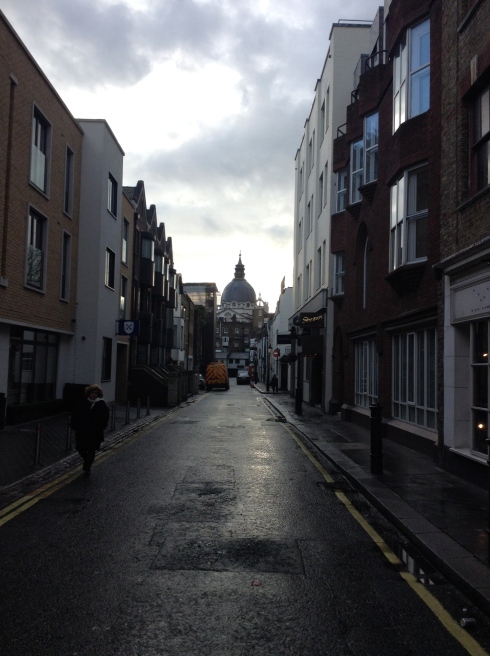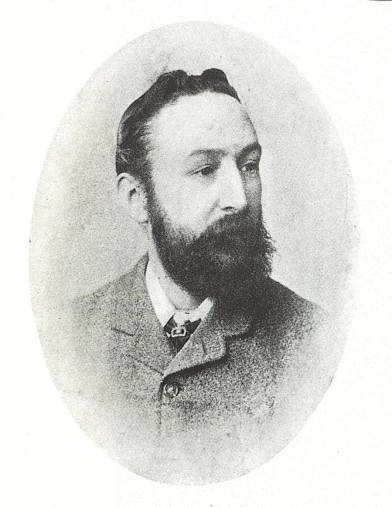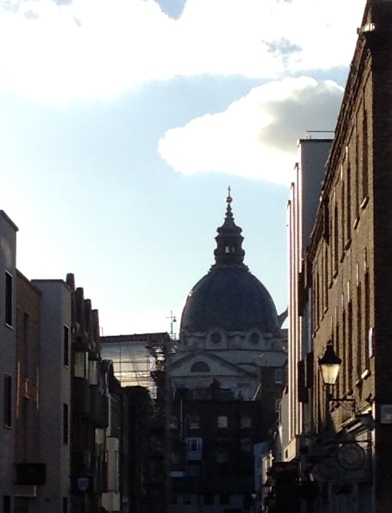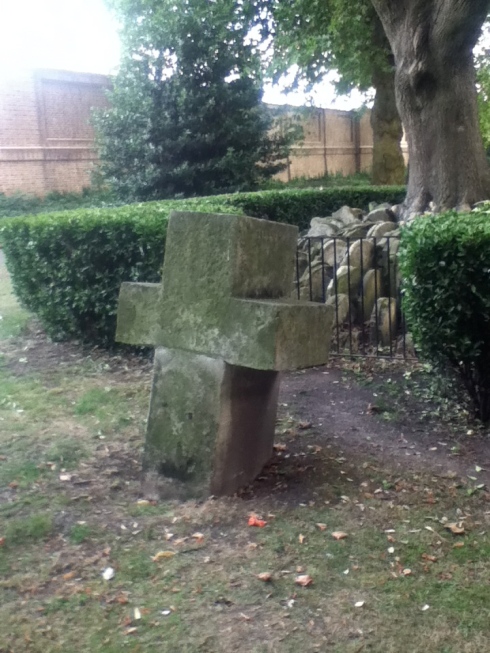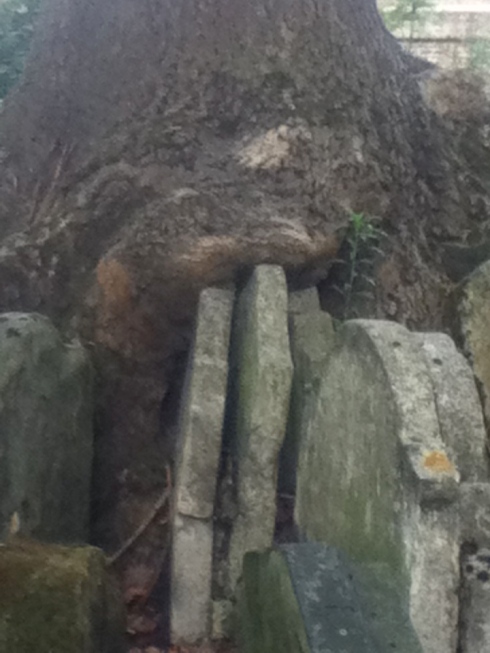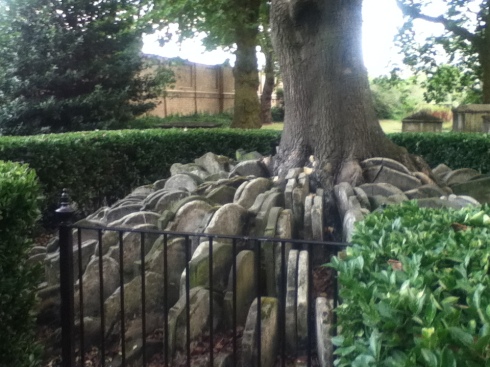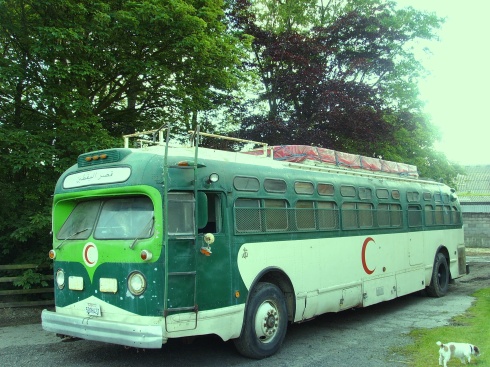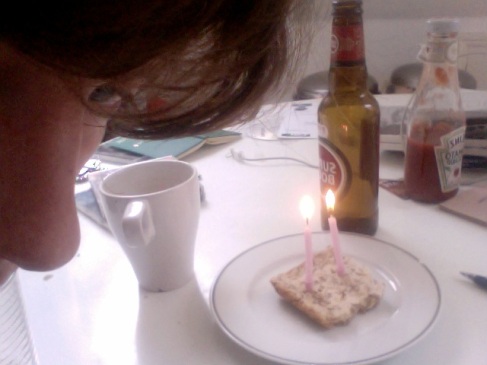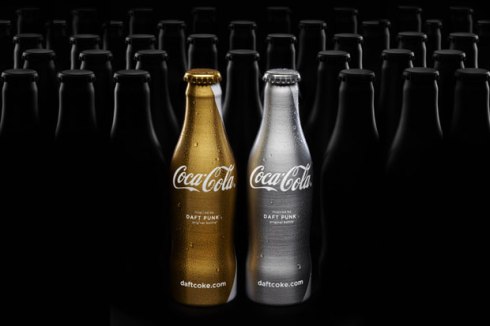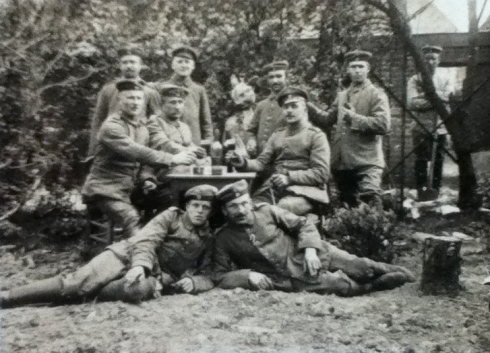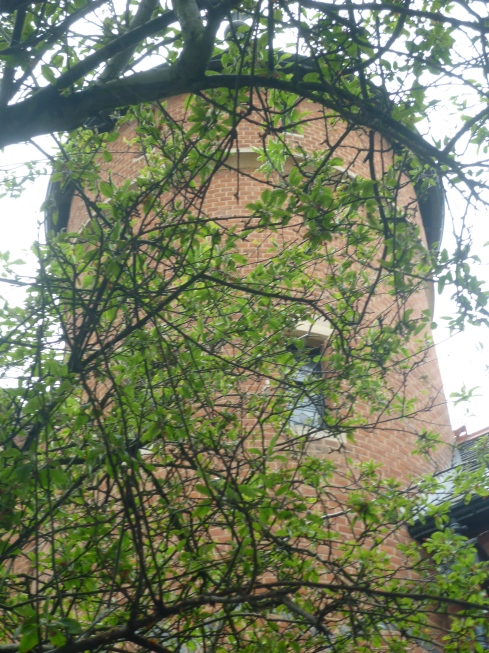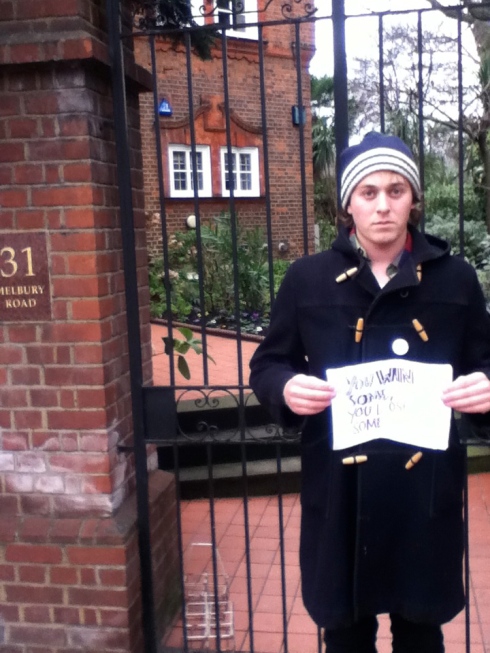Like most geeks who still read Tintin and can’t quite find the drive to, y’know, get a life, I’ve always liked the idea of secret societies. I guess the appeal comes from the desire to know where you stand, without anyone else knowing you’re standing there; you’re either IN with the group or completely oblivious to the fact it exists. It’s secret, duh. Whatever- the fact is, I was pretty sure I’d never gain membership to one, and even if I did, how could it ever be sufficiently exclusive? Even the Freemasons are pretty open these days- what motive could possibly bring together a properly secret society in Twitter-age London? Well reader, I found out- and the answer was just as underwhelming as it was genuinely fucking weird.
After I left university, I ran out of money depressingly quickly. The combined circumstances created by a lofty sense of entitlement and a near-debilitating lack of competence left me jobless and hell-bent on getting drunk enough to forget it. One day, a friend who’d gone on holiday e-mailed me an invitation to a private view in Spitalfields. Having nothing particularly better to do and – I swear to God, cross my heart and hope to die – a genuine interest in contemporary art, I turned up at the allotted time, turned my nose up at a few canvases and skulked off to the reception to collect one of the showy Japanese lagers on offer.
Five beers in and paranoia had started to grip me; how come everyone here knew each other? They were primarily in their thirties and forties, sporting self-consciously shabby chic; some of them even looked vaguely familiar, from the society pages of the ES Magazine, I fancied. Every attempt to work my way into their conversation went the way of the minidisc. I turned to leave, but a tall man in glasses swayed into my path and asked me what I’d thought of the show. I stuttered out some pseudy answers and watched his face go blank; clearly, he had even less opinion than I did. I relaxed a little as he spewed out a succession of questions about my background, current circumstances, alcohol preferences etc etc. I didn’t know it then, but I was being vetted.
After that I was ushered out and led to several more openings. I was introduced to the rest of his entourage, including a former scientist who claimed to have been raised by the Aga Khan, a literary translator who professed to be on good terms with Umberto Eco and a one-time publishing mogul, current occupation undisclosed. The man who’d approached me admitted to a more prosaic background as a cityboy-turned-“entrepreneur”, but he seemed to be in charge so I did what he said.
I can’t remember what happened after that, but when I woke up the next morning feeling like a dissected cow in formaldehyde, I checked my e-mail and found a fresh message from the man in glasses. It was headed:
LONDON CONTEMPORARY ART SOCIETY- THIS WEEK’S EVENTS
It contained was a list of exhibition openings colour-coded to indicate the quality of alcohol on offer. The scale went from a rare red (champagne) to a ubiquitous green (supermarket own-brand wine). Blue signified quality imported lager, turquoise spirits, maroon decent wine. At the end of the message was a brief caveat:
THE CONTENTS OF THIS E-MAIL ARE CONFIDENTIAL AND NOT TO BE SHARED. THANKS X.
Alright, a secret society that exists solely for the purpose of knowing the whereabouts of free booze hardly rivals Fight Club in the intrigue stakes, but for an unemployed loser with no social life, this was the key to the city; I was sold, and very happy to keep to my benefactor’s code of confidentiality. I knew I need never go sober of an evening again.
And so began an extended bender in which I got as close as possible to the group without ever really knowing how fanciful their claims were. I quickly came to realise that my companions’ “self-consciously shabby chic” was in fact just shabby, and their familiarity came not from the pages of a glossy but from going into Soho pubs in the middle of the day, watching them nursing their halves towards the galleries’ 6pm watering call.
I made particular friends with the oldest member of the group, an art-historian-turned-bankrobber who’d spent most of the last 30 years in prison. Our sorties through Mayfair, necking everything from Ruinart to rum punch and introducing ourselves to gallerists first as ‘serious art critics’ and thence ‘major collectors’ were tremendous fun, but, alas, my companion went too far; at one gallery that Christmas, he actually attempted to buy a painting. Bad mistake; not only did the bounced cheque bring a hasty end to his parole, but his actions attracted unwanted attention to the LCAS. Galleries began to refuse entry to my chums, and on account of my association I guess, I stopped receiving the lists.
The rub is that this lot had figured out something extremely simple- too many people who might otherwise be extremely receptive to a nightly dose of free alcohol with a side-ordering of dodgy art were too intimidated to merely roll up and expect hospitality. There are a lot of galleries in London, and all are in competition to look busy when they open a show. If you can’t afford the pub and fancy cultivating the sort of mystique I initially saw in my erstwhile chums, why not do them a favour? This was my reasoning, at any rate, and secretive as they were, the society were perversely obsessed with how others perceived them. I don’t know what they’re up to these days – I see various characters waiting at bus stops looking fretfully at their watches as the afternoon slumps to its conclusion – but I wish them nothing but the finest wines available to humanity.
Digby Warde-Aldam.
Originally Published on The Urbanaut, August 2013.
